Help me out here: why is it that the Philippines is spelled the way it is, but a person from the Philippines is a Filipino? Why change the “Ph” to an “F”? Why drop the extra “p”? Is somebody from Philadelphia called a Filadelfian? Is a guy from Frankfurt called a Phrankphurter? Then why is somebody from the Philippines called a Filipino? I don’t get it.
In other news, I ate at Ihawan 2 in Long Island City, which is a slick-looking cousin to the legendary Philippino (er, sorry… Filipino) place in Woodside, Queens. The original Ihawan is a classic, rough-around-the-edges NYC dive with great food and not-too-refined ambiance and service. Ihawan 2, oddly enough, is an uber-modern, trendy-looking place that bears almost no resemblance to the original. And it serves sushi, for f*ck’s sake! Ever heard of Filipino sushi? Right.
I was pretty worried that the “copy” of Ihawan wouldn’t work out so well, but we were thrilled with the food. We started with lumpia, crepe-like pancakes stuffed with vegetables (mostly cabbage, carrots, and onions) and topped with a gentle, sweet peanut sauce. For our entrees, we took a shot at two national dishes of the Philippines: adobo and lechon (roast pig).
I’m no expert on Philippino phood Filipino food, but we loved all of it. The lumpia ($6.50) was everything you’d want out of a spring roll with a gentle peanut sauce, except that it wasn’t deep-fried, so we could convince ourselves that we were actually eating something healthy. We had no such illusions about our entrees: the adobo ($7.50) consisted of ludicrously tender dark-meat chicken, swimming in a salty brown stew of soy sauce, vinegar, garlic, and pepper… which tastes infinitely better than it sounds.
Our other entrée, paksiw na lechon ($8), was described on the menu as “pork cooked w/soy sauce, vinegar, sugar, and liver sauce.” Liver sauce? I’m not necessarily anti-liver (I have a very large, greenish one, and I like it very much), but liver sauce? I had no idea what I was getting into. Would it actually have a liver-y flavor?
As it turns out, the dish was a little bit on the oily side, but with no hint of organ meat—just wonderfully soft pork with deliciously gooey flaps of skin still on it, coated in a sweet, lightly peppery sauce that tasted strongly of carmelized onions. I can’t say that I’ve eaten many pig livers in my life, but our liver-sauce coated pork was extremely sweet, at least by the standards of meat dishes. Can we then conclude that pig livers taste like candy? (Don’t answer that.)
Although I was leery of Ihawan 2 because of its slick design, I have to admit that it was a really comfortable place. There’s a cute little bar in the front of the restaurant, serving sake, wine (try the organic Chilean Carmenere), and beer. The service was unbelievably good: in addition to being a lovely, friendly individual, our waitress brought me a new napkin and picked up the one I had dropped on the floor—before I even noticed that I’d dropped it. Really, who does that? Especially in a place in NYC where you can get dinner for two (one appetizer, two entrees, a glass of wine, a glass of sake) for a mere $35.93, including tax. Sometimes slick, modern copies of the classics aren’t so bad after all.
Ihawan 2
1007 50th Avenue, Long Island City
Subway: Vernon-Jackson (7 train)


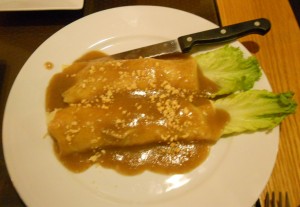
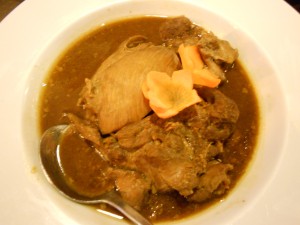
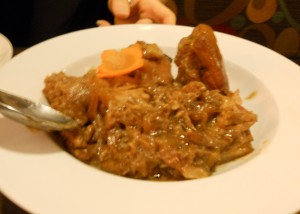








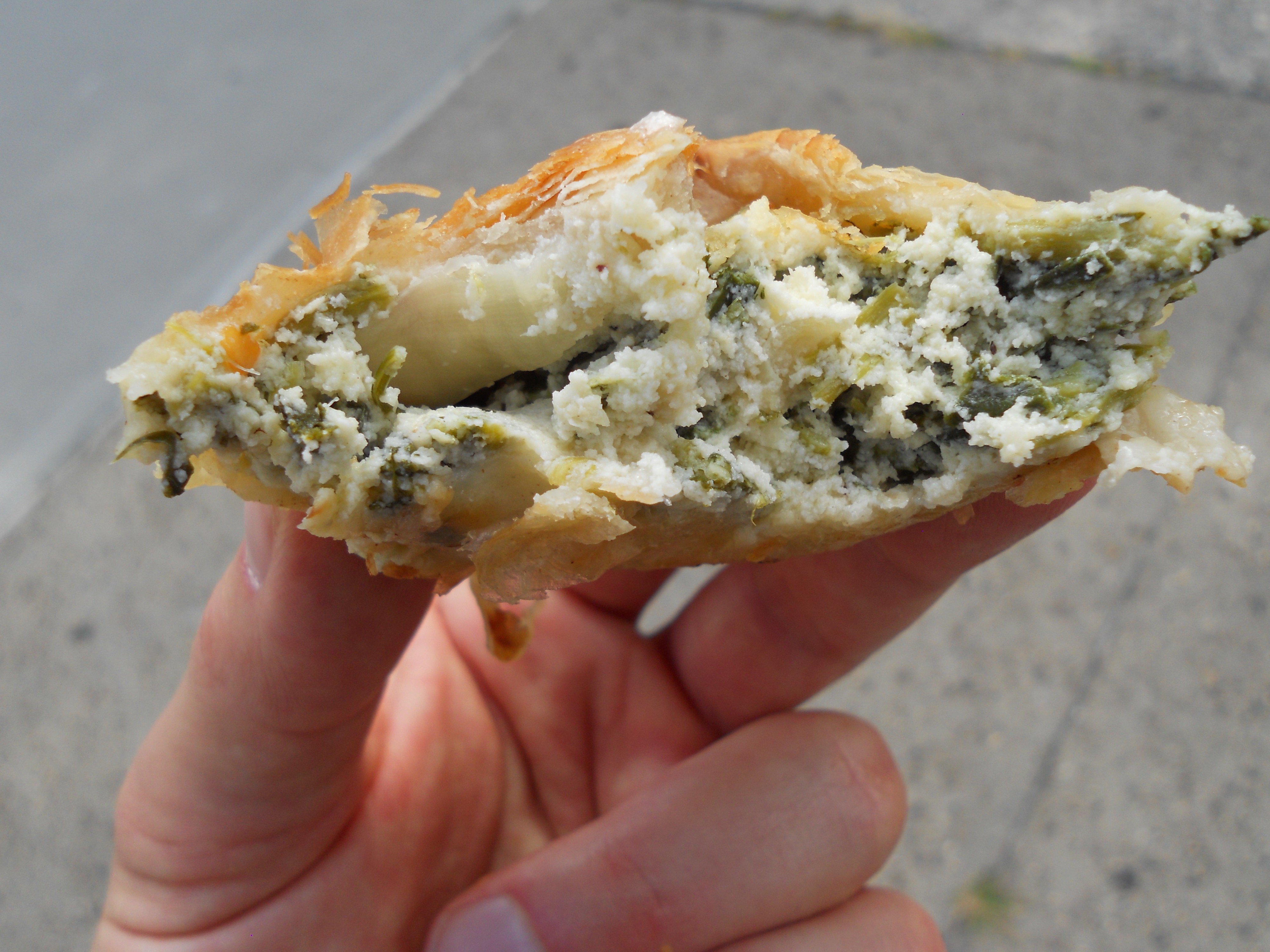
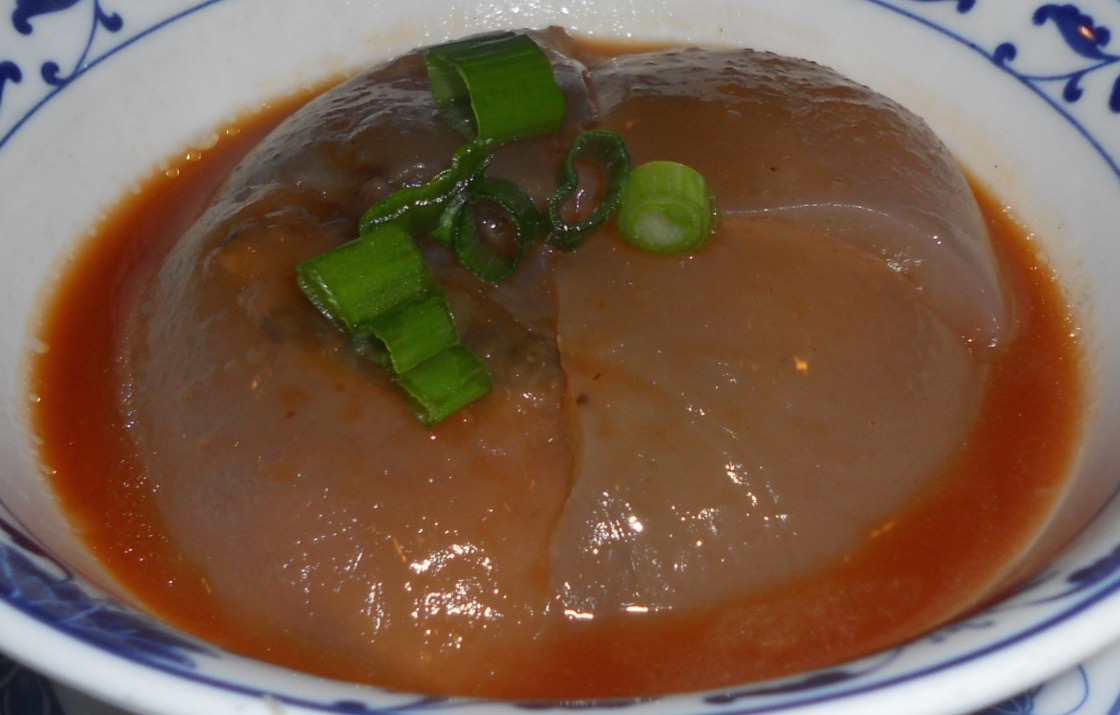
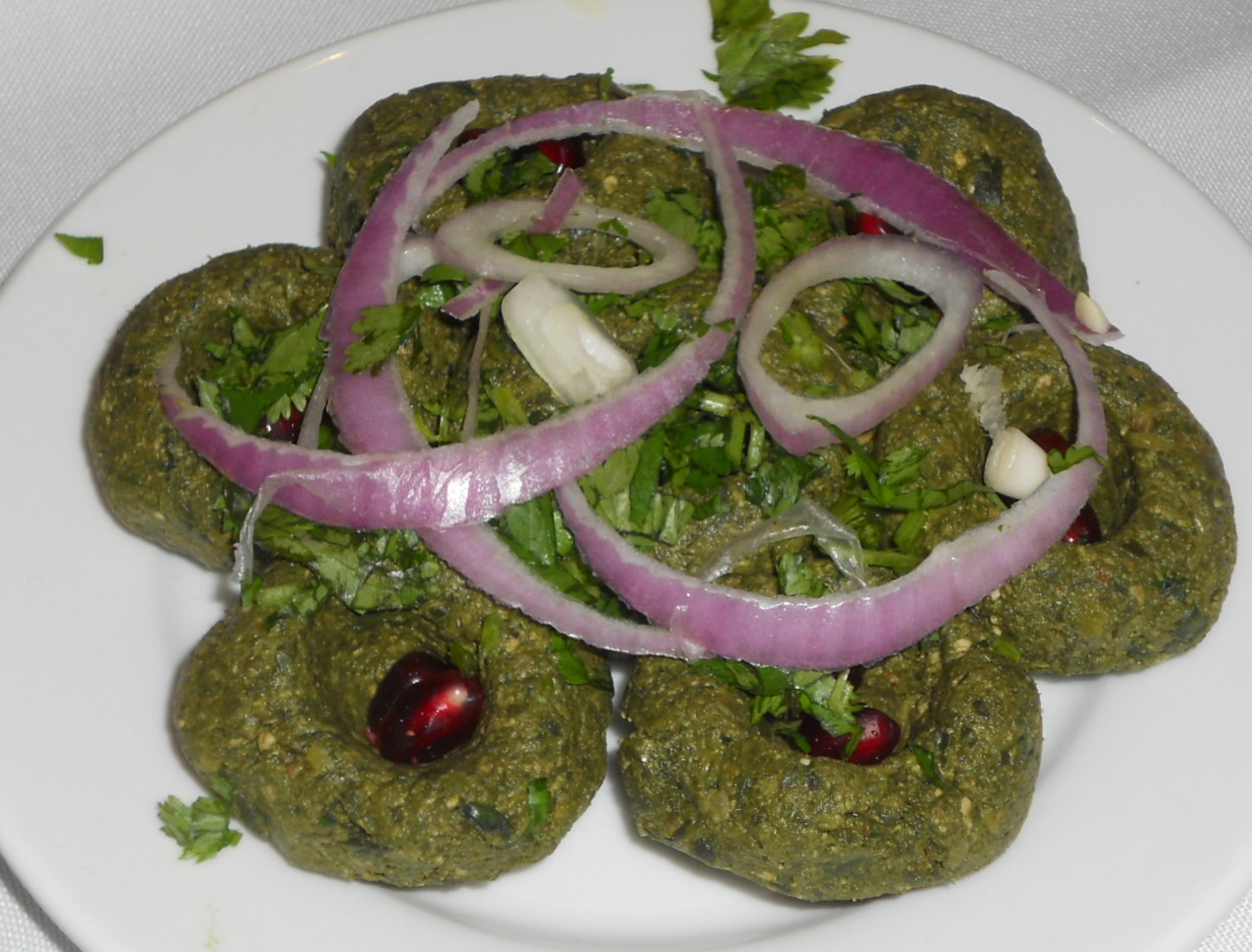
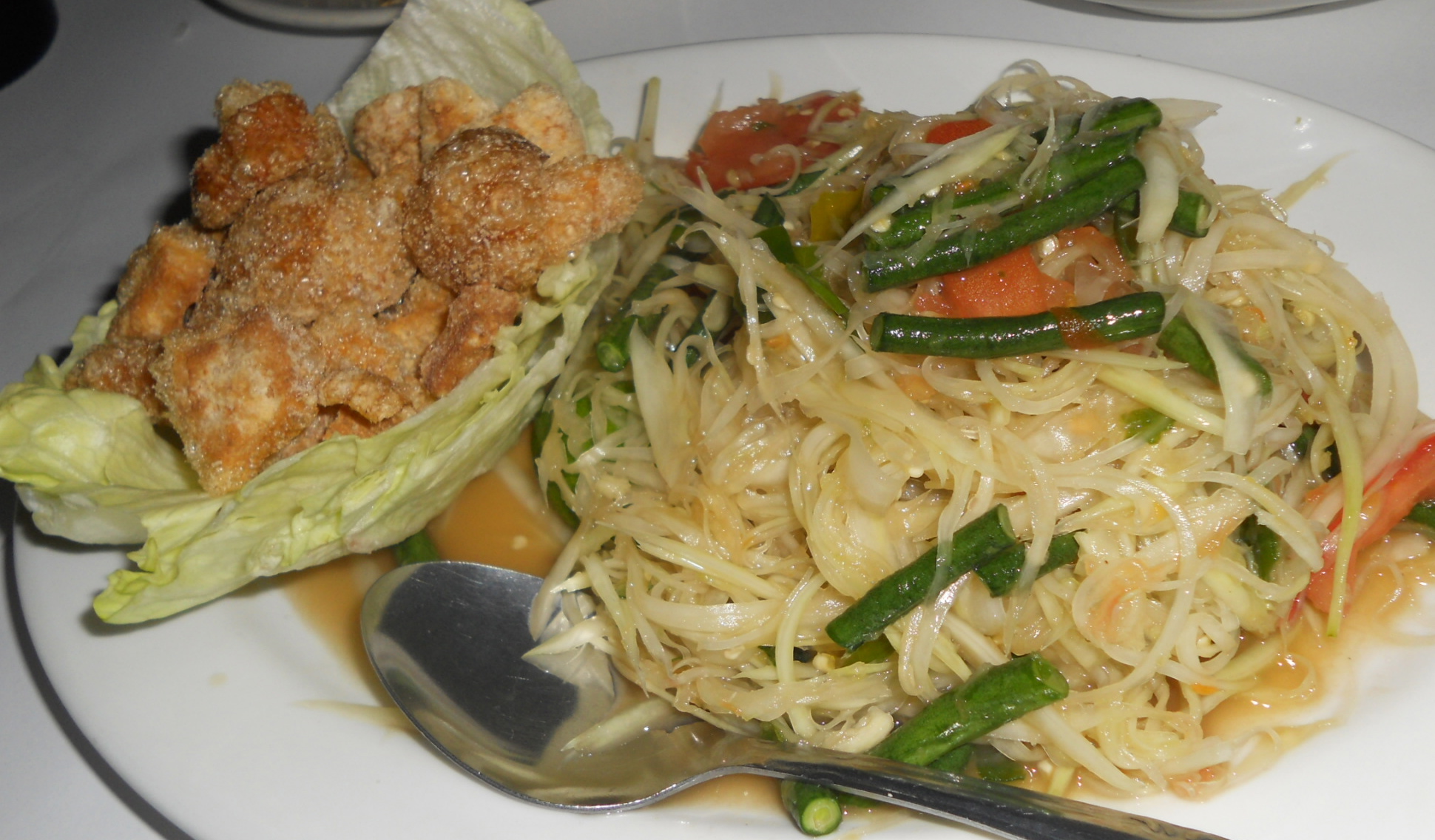
This is to briefly answer your query about Philippines and Filipino. First, the Philippines was colonized by Spain for 333 years, and they named the country Las Islas Filipinas in honor of then Prince Filipe. Later on the name was shorten to Filipinas, and since then the people have been called Filipinos. Next, the United States colonized the country for another 44 years, and unfortunately “americanized” Filipinas into Philippines.